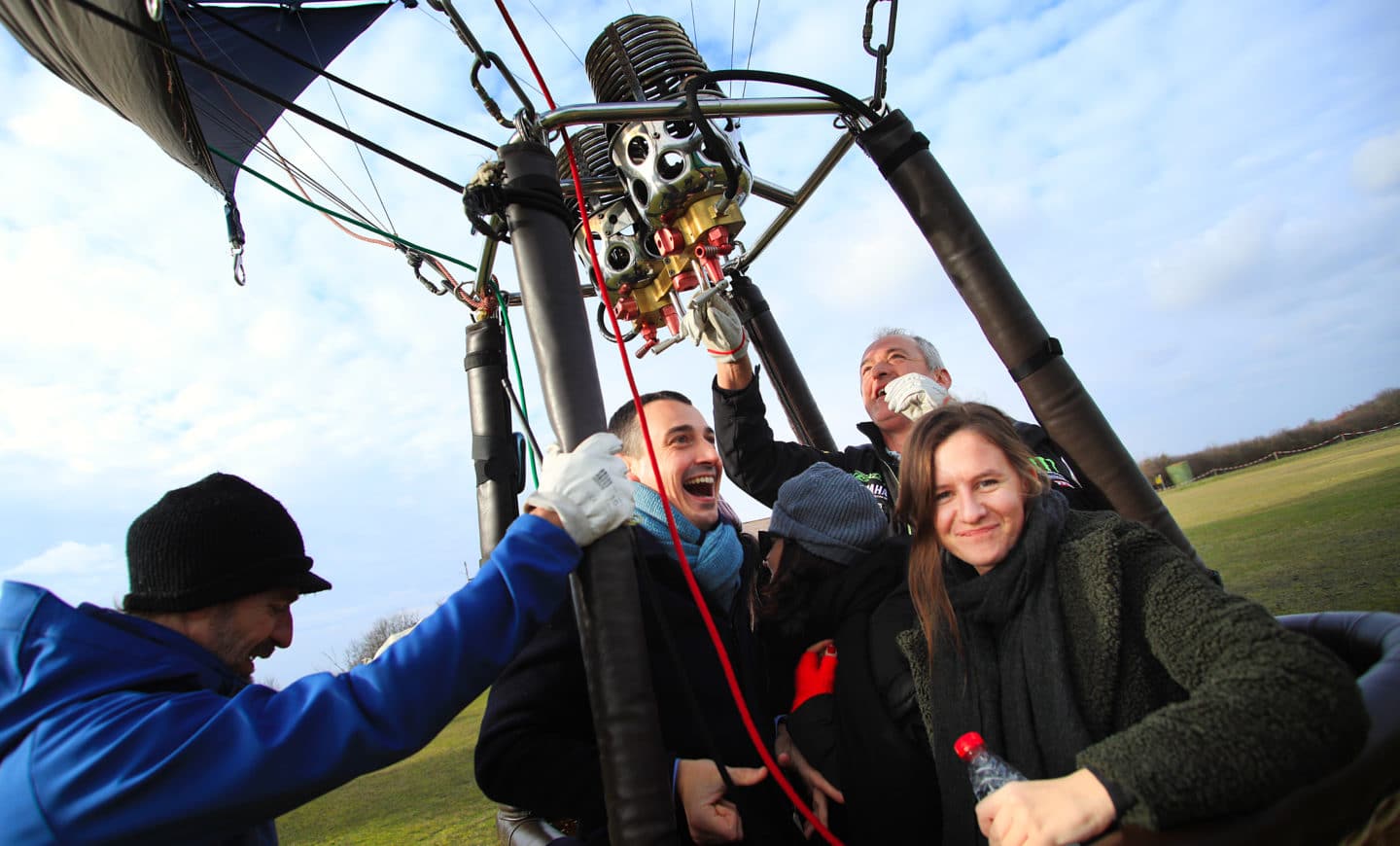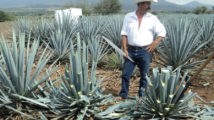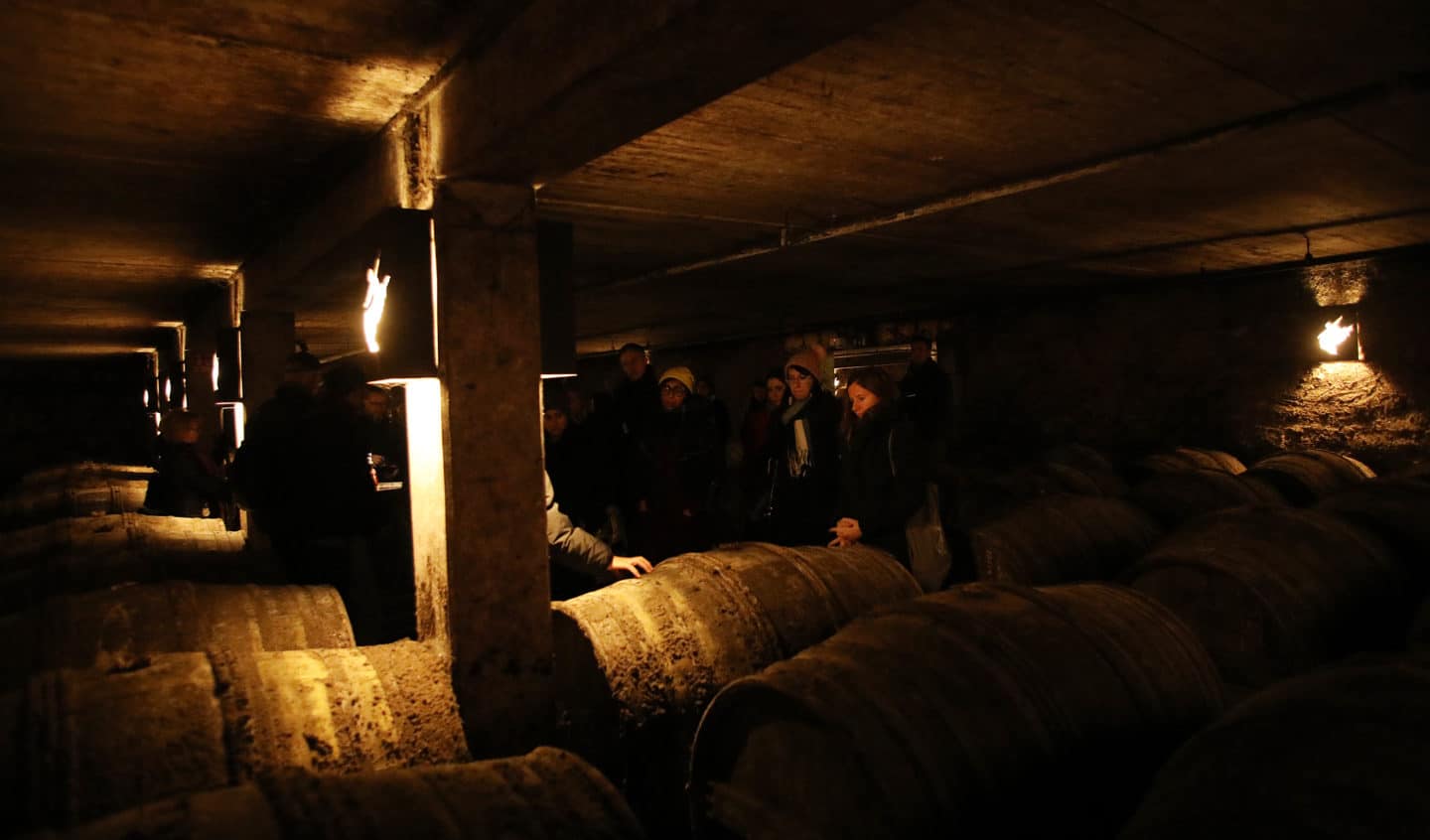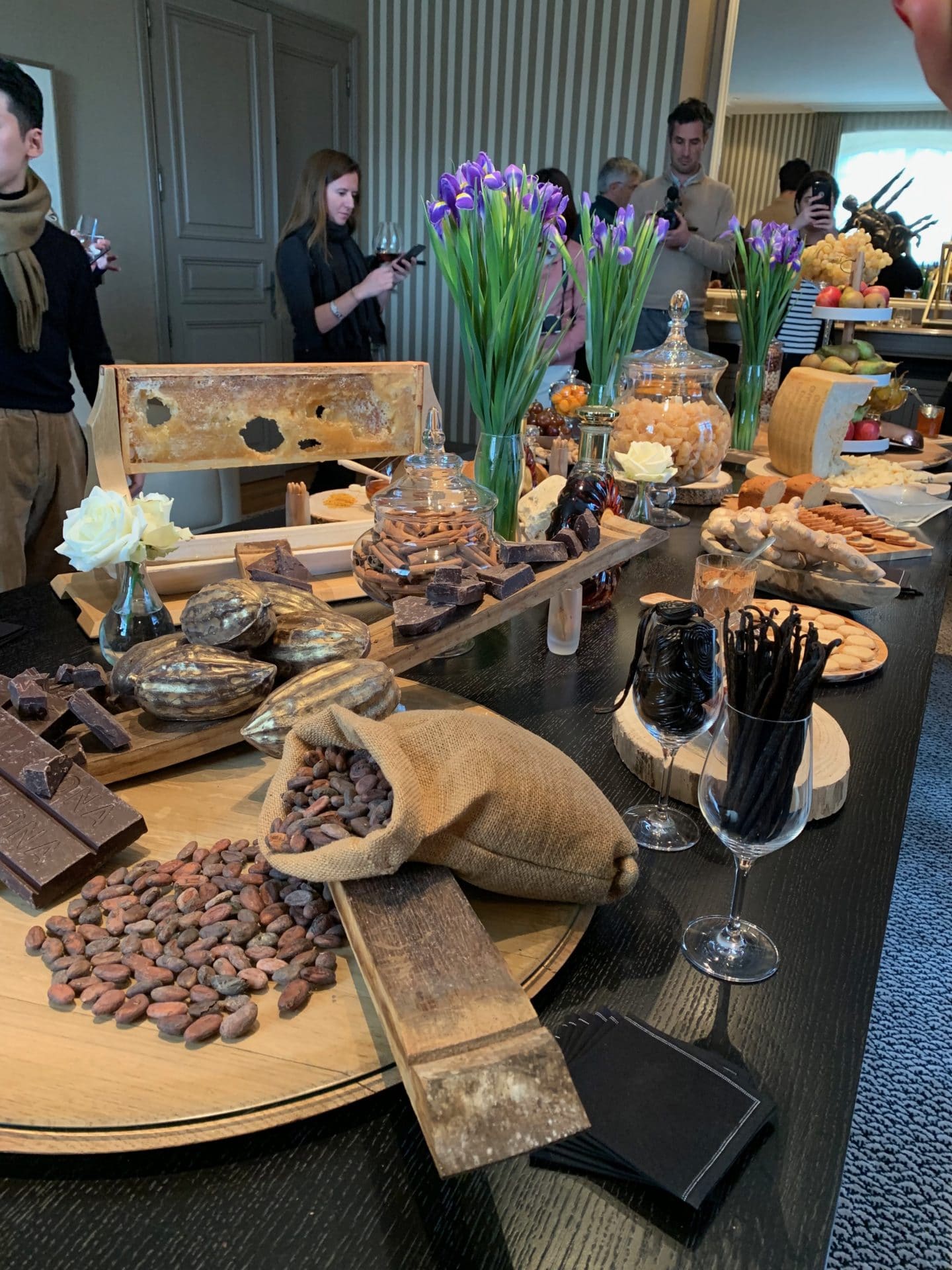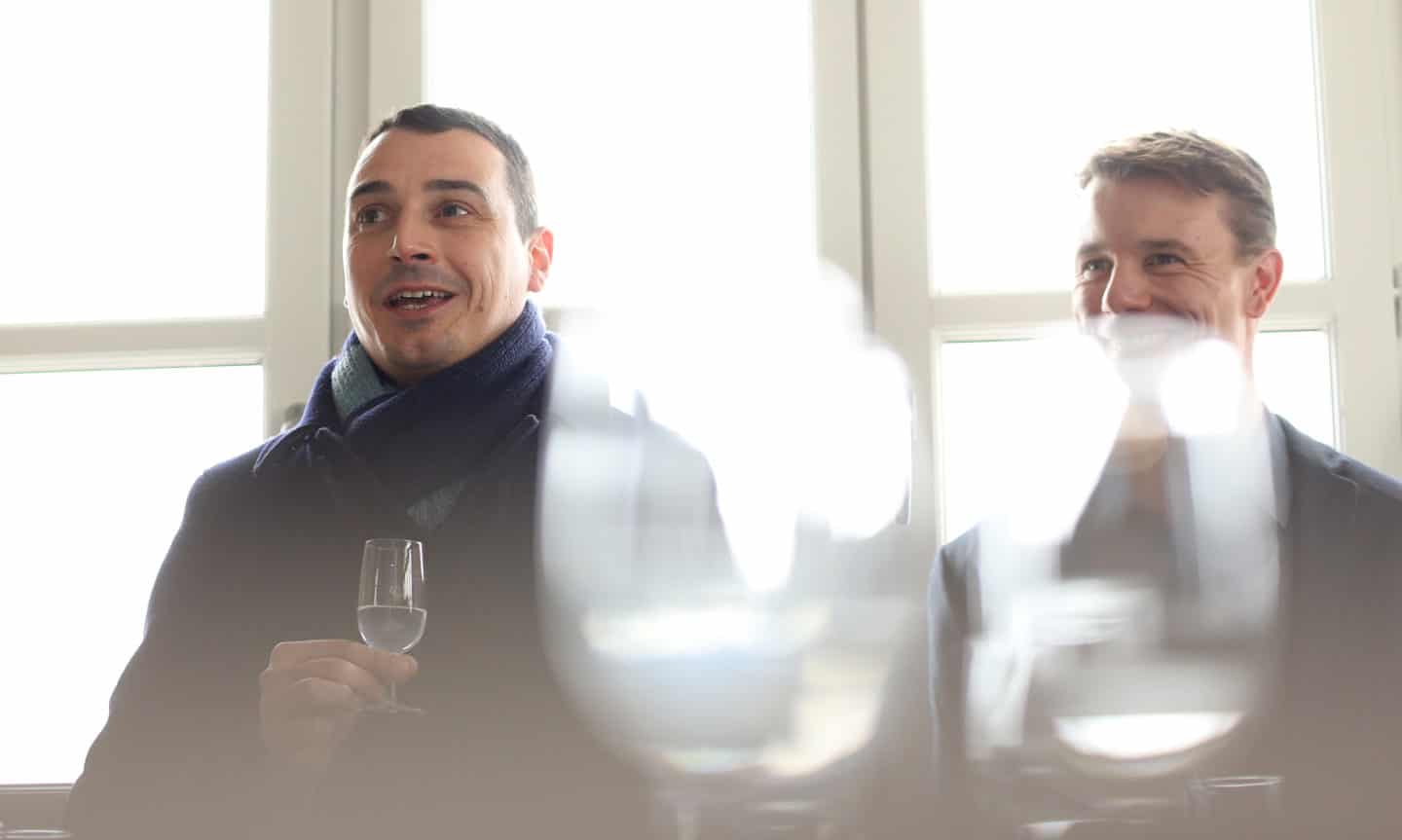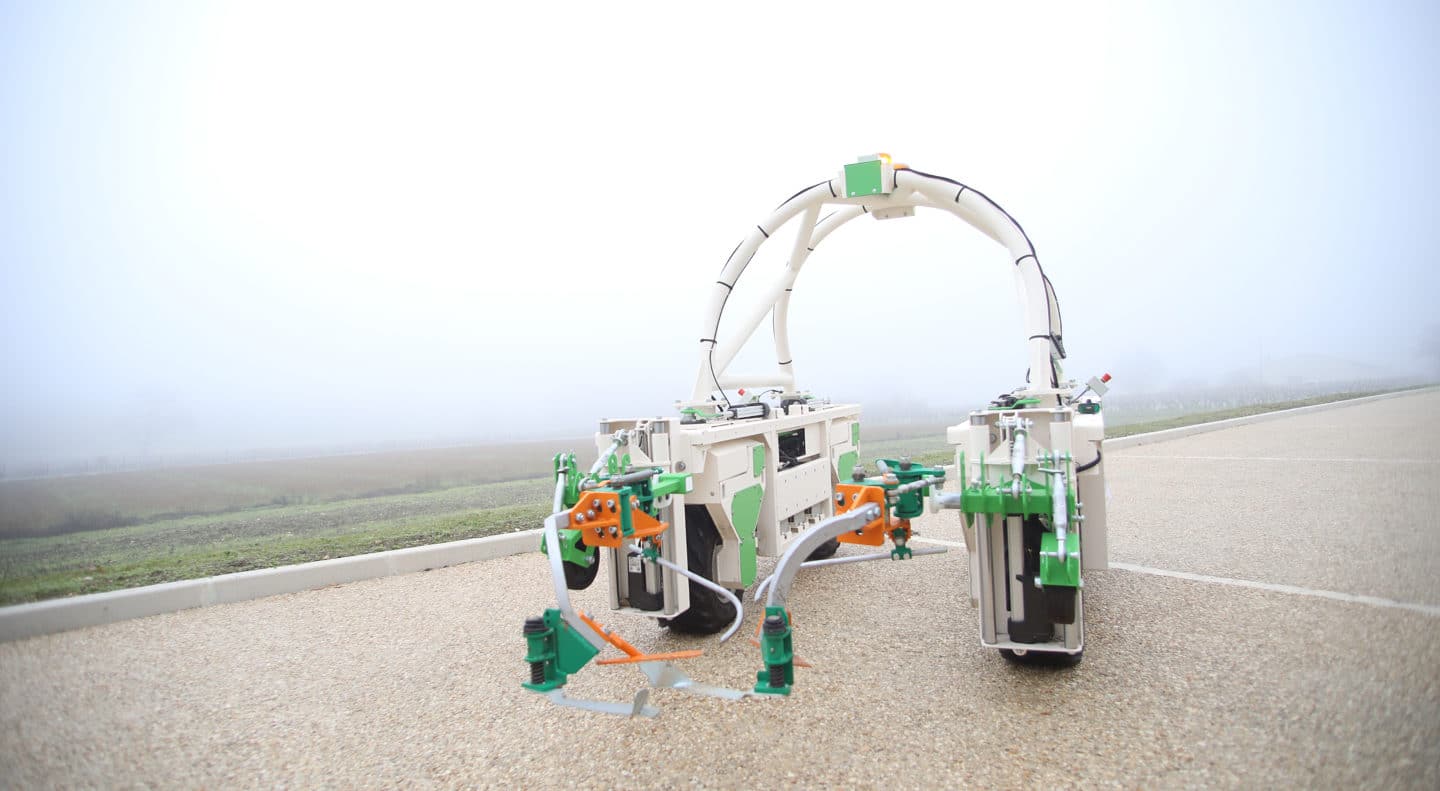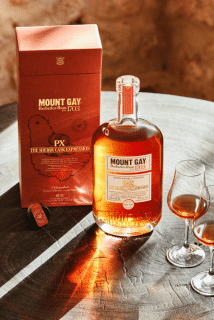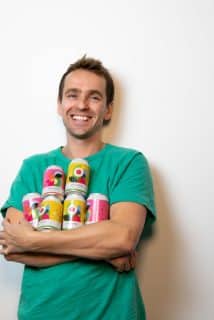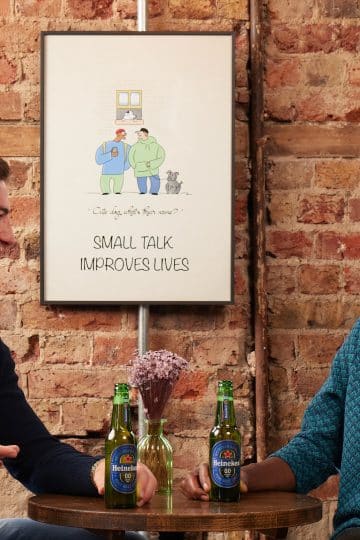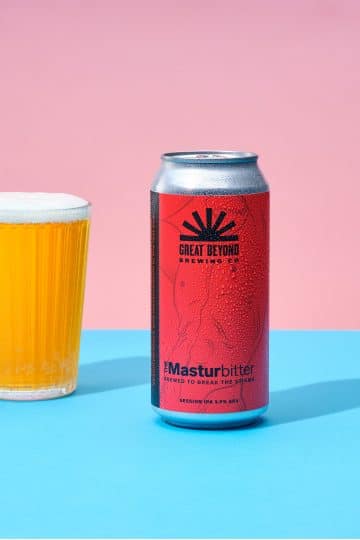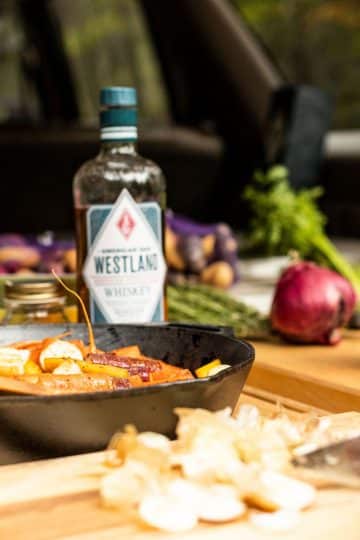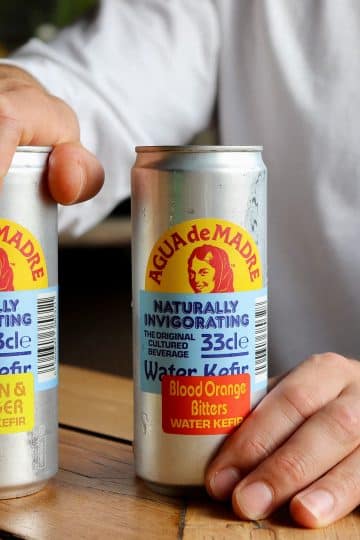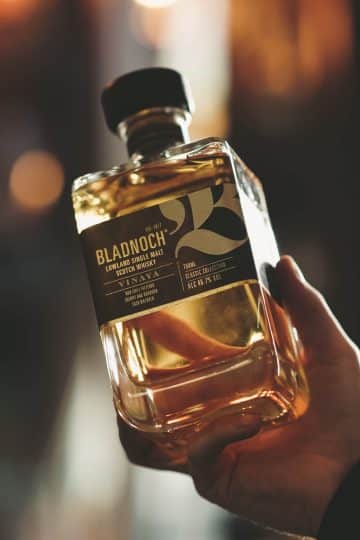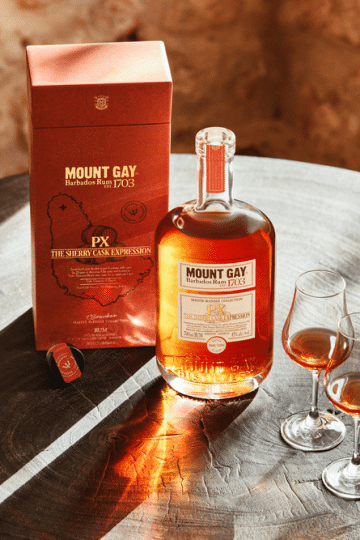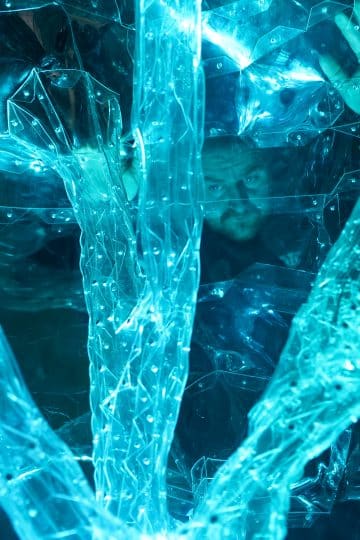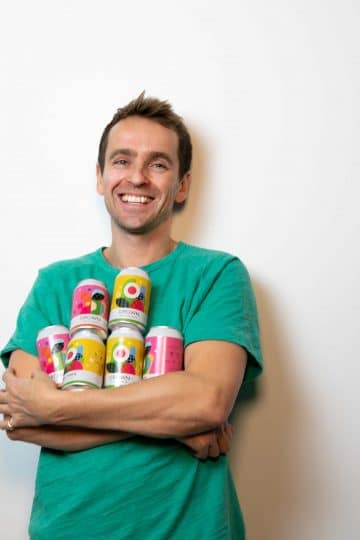How is cognac made? A trip to the house of Rémy Martin.
Drink
A trip to the Rémy Martin house to find our how cognac is made under the weight of history but how innovative sustainable methods are being used to secure its future.
When you’re descending towards the ground in a hot air balloon at a speed which seems impossible to counter no matter how much flame the ‘driver’ is blasting into the , and the tree tops of a forest are rising up to meet you like ancient tribal spears trying to bring down the devils in the basket of the evil flying eye, well you certainly do get a sense of the earth, the soil, what they call the terroir around here – because you fully think you’re going to end up six feet under it.
But then, just as you look to set to be providing the next meal for the wild boars scattering from the undergrowth, the hot air catches the inside of the balloon at last and you flatten out, then rise and rise until you’re 200 metres up in the air where you can’t decide if your breath is being taken by the vertigo, the cold, or the sight of the Cognac region laid out around you. From up here, looking down on the serene countryside with the vineyards and the Roman farm houses, it seems timeless, or rather a place out of time.
Time is certainly different here. In the production of cognac, it’s all about the long view – the spirit you’re making now may not be ready in your lifetime. The NOW NOW NOW instant lab rat gratification of the social media age does not apply here. Well at least for the people who work here; us journalists are IG-ing the F out of it all.
Our business here is that we’re visiting the house of Rémy Martin, in the interests of seeing how a large but still independent producer can work ethically with their environment. Drinking is big business, but it doesn’t have to be a callous, annihilate the earth for a year end spike, business. As you’d imagine from a brand which has existed since 1724, Rémy plays a different kind of game, with the emphasis on tradition, quality, longevity. Which isn’t to say they’re not hugely successful, in that ‘US rap star drink of choice’ way, but this still majority family owned business operates in a way that’s very un-corporate, almost obsessively pursuing the quality of its product by working with a cooperative of over 800 wine growers in the region, to supply their ‘eau-de-vie’ (translated as water of life, but referring to their double distilled liquid gold from which the cognac is developed). And doing it the right way too, meaning with a forward-thinking sustainability that will look after the terroir for hundreds of years to come. Not for nothing were Rémy the first brand in France to receive the government’s High Environmental Value (HEV) certificate.
One of the most crucial people in this operation is the cellar master, Baptiste Loiseau, the debonair chap who’s the core talent at the heart of the brand. Before our mild balloon trauma, we first saw him cycling around on the Rémy Martin estate where the production process is centred. He stopped to explain how part of his mission is to simply get the word out on what is all about cognac first: “Coming back to our roots, it’s grapes – because maybe until 10 years ago most people didn’t know cognac was made with grapes – wine, double distillation, cask…and this is something that’s been the same for the last centuries. It’s about the balance with tradition, and innovation in the way people can enjoy it: neat, in cocktails, etc.”
We were guided into the half-light of a cellar where the casks look Biblically old and command a hush, even though, surely a bit of noise can’t affect the taste. Not that I’m willing to chance it. The cognac inside these barrels can be used as inspiration or for special editions or just a reminder of the goddamn history you’re responsible for when you’re working here.
There’s a definite magic to this type of drink production, a sense of alchemy, of the use of a mysterious art taking place, which is in no way diminished when they talk us through the distillation process and we see the elegantly rotund stills, the protruding pipes, like some symbol of fertility, and hear talk of the ‘angel’s share’.
Yet of course, it’s not ancient rites taking place, it’s real expertise. What I’m most curious about is how these people know what’s good and what isn’t – to be able to identify and assess what the hell it is that you’re tasting. Because quite honestly, I don’t know how to taste. When I initially try the Rémy Martin XO in our first of many tasting sessions over a couple of days, I’m stumped. What flavours am I getting? Um, alcohol. Tastes quite cognac-y. But of course for Baptiste and his team, who are creating these drinks, which must be consistent in every bottle, it’s about really knowing what you’re talking about in order to blend various eau-de-vie together from all their suppliers to create the same distinctive and quality drink.
Baptiste takes us through a session where we try complimentary tastes at a ‘table of opulence’ as it’s called, a spread of fruits, nuts, cheese and other delights, which bring out the flavours and unite tongue sensations with familiar images in your head. Suddenly I’m getting the vanilla notes, the parmesan, the dried apricots, the chocolate, so many chocolate notes, and then I realise I’m just eating a shitload of chocolate and have lost the plot again. It’s interesting though, as anyone who’s ever done a spirit tastings before, how much you can taste when you have your eyes opened a little further. Being able to trust your taste for a living though? That’s hard. I later ask Baptiste how he developed the skill and if it was a natural talent?
“I don’t think so. It’s not a gift, it’s really a lot of work. You have to be dedicated to these tasting sessions, you have to be focusing on the description and the quality of the wine and the eau-de-vie, and its teamwork. I know that on certain aromas I’m not as sensitive as other people on my team, so that’s why I’m never tasting on my own, I’m always tasting with 4 to 6 people altogether. There is only one cellar master that has to make the final decision, but I need all my team around me to make sure the decision I make will go in the right direction…. But if you want to improve your skills you have to taste, taste, taste a lot of samples, to understand how to describe them. It’s not something that you can read in books, it’s really something that you have to experience with the previous one in the tasting room.”
Of course, before you can even get to a tasting stage, there is an entire other job in looking after the growing of the grapes by the suppliers. The vines have to of a certain quality and of a certain type, and planted in a certain type of soil subject to certain types of conditions and can only be produced in the Grande Champagne and Petite Champagne regions (which are combined to be called ‘Fine Champagne’). If anything goes wrong throughout the process of growth, like an insect outbreak or a flood or perhaps a hot air balloon full of screaming journalists crashes through the vineyard, the whole caboodle is shot.
The work that goes into soil analyses alone is huge. The terroir is the secret but how about keeping that terroir in good condition, and making sure it stays in good condition for the next hundred years and more. Well, it requires a hell of a lot of dedication and management when it comes to supporting suppliers – Rémy Martin team are working with their suppliers to train for their HEV certificates and over 30% have reached that goal already. And it’s also about looking for innovations.
To take a look at the innovations We visit the brand new Juilliac Estate which has the distinct feel of a sci-fi set. Here the wine is pressed in giant silver vats monitored by state-of -the-art equipment and surrounded by digital displays, while a team of sexy aliens in sparkling costumes speak notes into their communicators. OK I lied about that last part but it’s impressive to see the level of advanced analysis that works in tandem with the romance of the cognac, where the distillation stills are still like fertility statues but now ones trapped in a science lab amidst the efficient hum of happy computers.
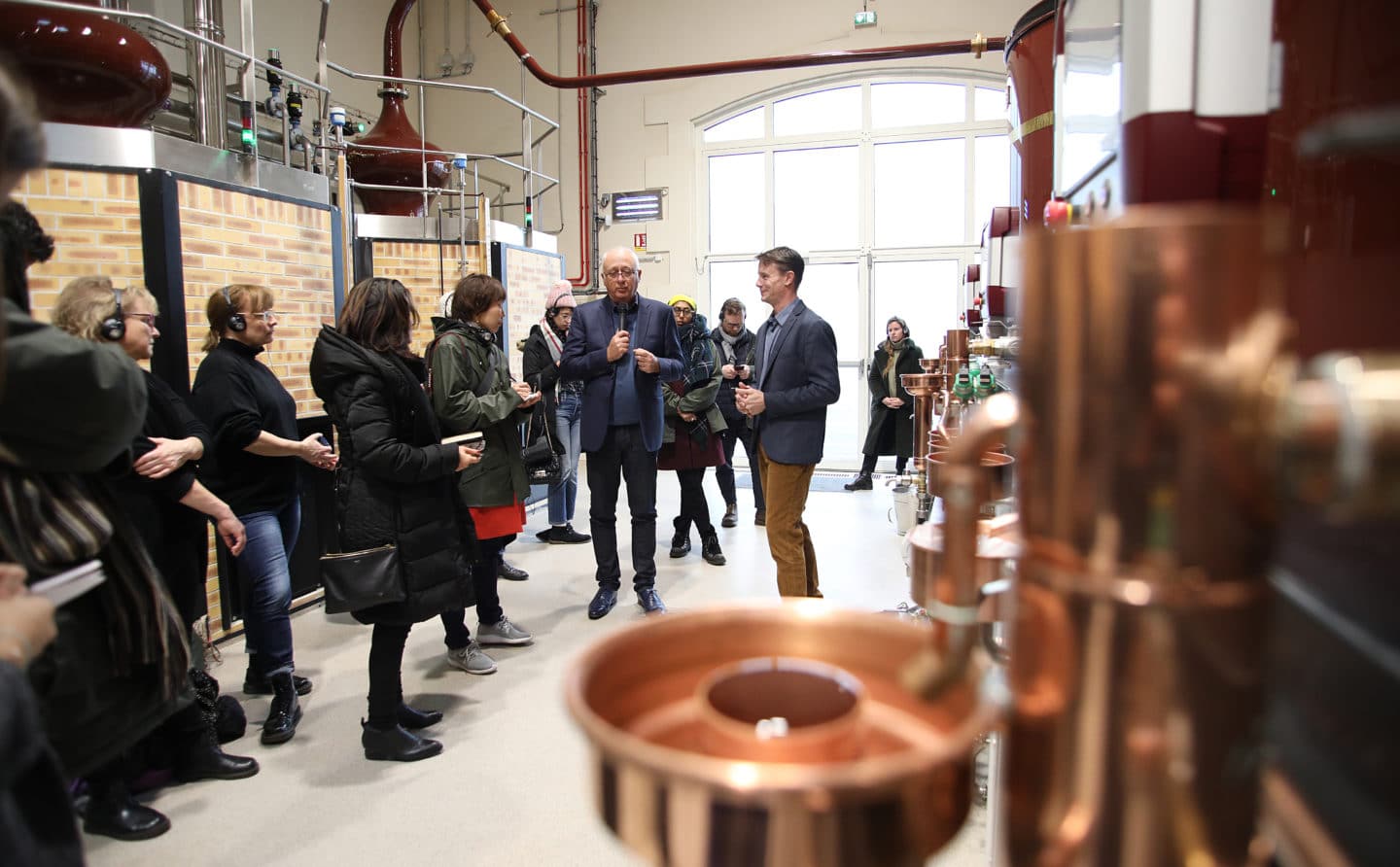
Amidst all this, it’s therefore perfectly in keeping that outside we’re introduced to a prototype robot called TED. Hi TED! Unfortunately, it can’t talk back, Still, it’s a cool autonomous dude, produced by a company called NAIO, that works on a vineyard on its own eliminating the weeds that would compete with the vines. Yes, this is basically the beginning of the Star Wars, where droids work on farms so the farm boys can fly into space and battle space Nazis. TED, though, is literally carving out his own future as an aid to sustainability, being electric powered, and working to remove weeds underneath the soil mechanically, to reduce the need for chemical treatments.
Further to this, Rémy are also working with scientists to experiment with new strains of vines, trying to create ones which are resistant to pathogens like mildew yet don’t sacrifice quality. We huddle on a hilltop looking down at some experimental vineyards where they are assessing the cross breeding of North American varieties, which are resistant to disease, and European varieties which are better quality. Unfortunately our guide admits, “It’s painstaking work with a low success rate. 99% don’t work.” Yet still some do, which are then put into production and aged – it will take years before they know if they have managed to produce something of the quality demanded. But again playing the long game, if they can crack this, the rewards for the business and the environment are huge. Not least when there is a growing need to counteract climate change which is drastically reduce the acidity in the soil.
As we’re taken inside for more tasting, it’s amazing the difference that knowing how dedicated the whole Rémy Martin operation is, really makes you savour the XO. A huge amount of hardy, passionate and impossibly patient souls have been working for generations on getting this level of quality cognac into my glass. And well, they’ll be working for many more years to come on cognacs that my children and grandchildren will enjoy too.
The fact that they’re being so socially and environmentally conscious about it too…well, forget the past and forget the future, this is the way to run a business in 2019.

Join The Book of Man
Sign up to our daily newsletters to join the frontline of the revolution in masculinity.





